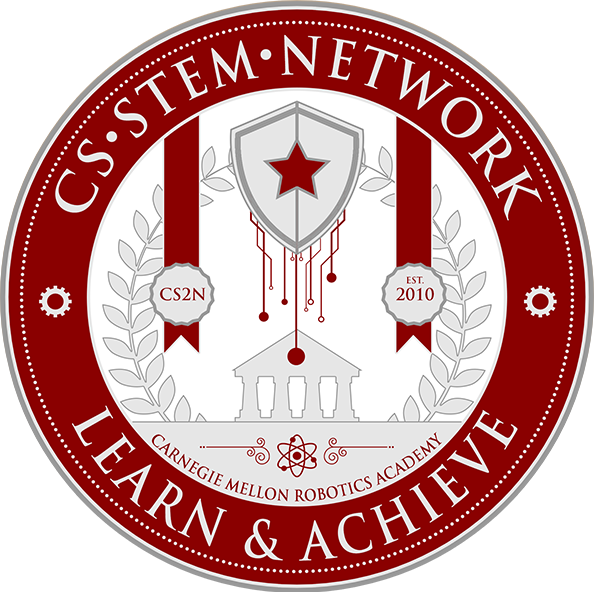AprilTag Navigation with JetBot (ROS)
Introduction: Robotic Laser Coating Removal
What are AprilTags?
Robot and Environment Configuration
Introduction to ROS
ROS Configuration for AprilTags
Camera Calibration
Navigation to a Single AprilTag
Navigation to Multiple AprilTags
Challenge: AprilTag Maze
Unit Quiz: AprilTag Navigation
Back to Overview
